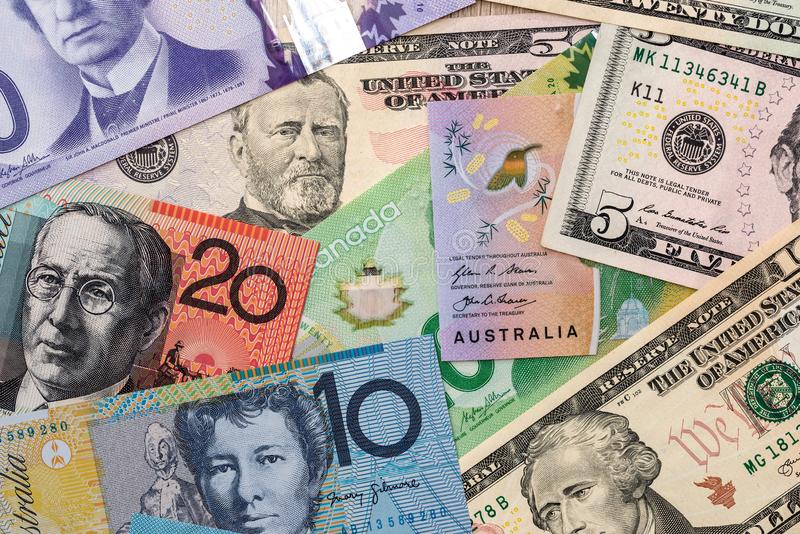Canadian and Australian Dollars Lose Attraction Following Central Bank Decisions
Policymakers who do not keep pace with the Federal Reserve will see what’s in store for them this week with the performance of the Canadian and Australian currencies.
While the Bank of Canada delivered a bigger increase than some traders anticipated, as officials hinted that they are considering a pause to their nine-month-long tightening cycle, the loonie fell 1.1% versus the US dollar since last Friday. Although the Reserve Bank of Australia increased again, policymakers indicated they are near completing the rate hikes. The Aussie remained unchanged.
Both central banks began increasing earlier this year to combat rampant inflation. Now they approach an important landmark in their tightening campaigns. Their currencies are, therefore, at risk if the Fed continues to raise rates to around 5% by March. Canada’s rate should reach 4.5% by early 2023. Australia’s benchmark rate is expected to climb as high as 3.6%.
BOC and RBA May Not Keep Pace with The Fed’s Monetary Tightening
The BOC has expressed worry over growth, saying in its rate decision that there is increasing evidence that tighter monetary policy is limiting domestic demand, which has increased rates by 400 basis points since March to 4.25%. The language on future increases has substantially altered for the first time since the commencement of this tightening cycle. The bank has previously included a line indicating that interest rates would need to climb higher in future decisions.
The RBA moved to quarter-point increases in October after cutting rates by 300 points since May to 3.1%. It was the first developed economy to downshift, signaling that future steps may take time. The steep downturn in the US economy has fueled investor concerns that the central bank will be unable to maintain its policy rate in the face of rising recession risks. The country’s front-end yield curve was inverted for the first time in 21 months.
Next week, more central banks are likely to slow the pace of their tightening. While none of the Fed, the Bank of England, or the ECB’s rate increases should end just yet, markets are pricing a smaller 50 basis point hike. The Swiss National Bank and the Norges Bank will likely weigh down the pace of tightening next week.
On Wednesday, the BOC implemented a massive 50 basis point rate climb with its stop signal. This contradicts the conventional theory that central banks will slowly delay the pace of tightening before halting. The future performance of global currencies is yet to be determined.















